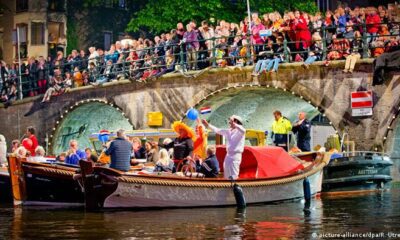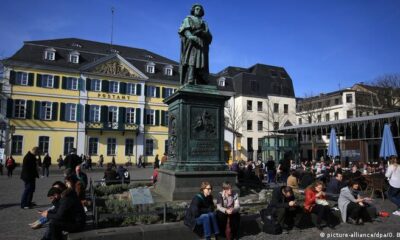Since the opening of the Guggenheim Museum 25 years ago, the city has experienced a boom in visitors. Located in northern Spain between the mountains and the Atlantic, Bilbao offers art enjoyment, Basque tradition, and nature experiences.
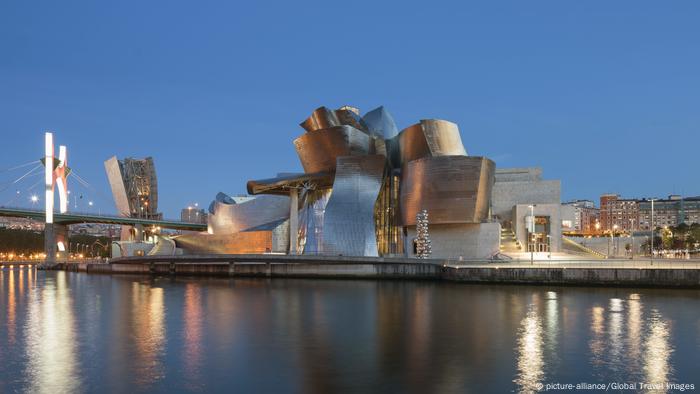
A museum as a motor
The Guggenheim Museum opened on October 18, 1997. The building made of titanium, sandstone, and glass on the banks of the Nervión, designed by the Canadian architect Frank O. Gehry, has become the landmark of the Basque capital – and a magnet not only for architecture and art fans. Over 20 million visitors have brought new wealth to the city that was believed to be lost.
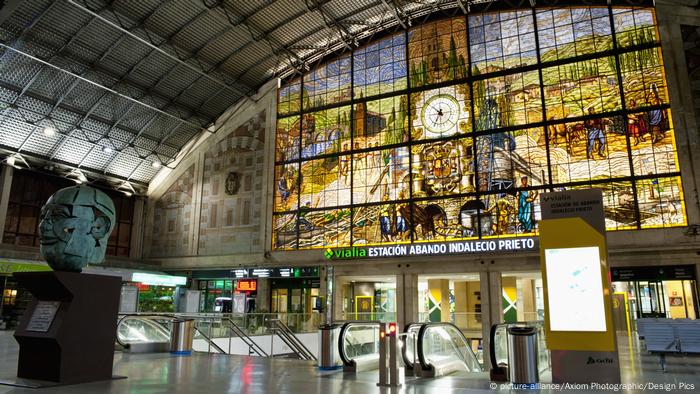
Arrival at the train station
The main train station Abando Indalecio Prieto greets travelers with glass art. Scenes from Basque history are shown on 250 square meters. On the left is the bust of Indalecio Prieto, a prominent politician, and socialist who had to flee into exile in Mexico in 1939 during the Spanish Civil War.
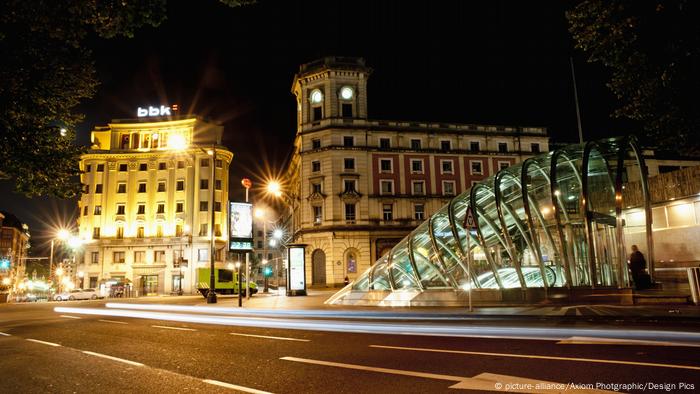
Continue by subway
Glass tubes lead to the subway, which connects the city center with the outskirts. The entrances are called “Fosteritos” (little Fosters), after Norman Foster, the British architect who designed the underground stations. From the Mamés station at the airport, you go to the city. To visit the Guggenheim Museum, we recommend getting off at Moyua station.
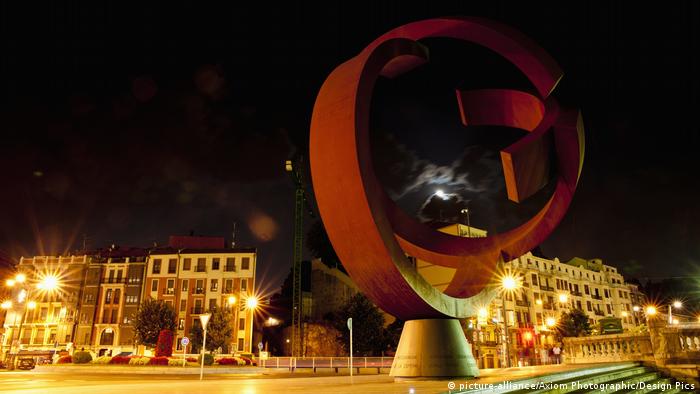
Space for art
A steel sculpture by the Basque sculptor Jorge Oteiza has stood in front of the town hall since 2002. Its Spanish name “Variant Ovoide de la Desocupación de la Esfera” means something like an “egg-shaped variant of the emptiness of the sphere”. Jorge Oteiza (1908-2003) is considered a pioneer of abstract art in Spain and a philosopher who explored the state of the Basque soul.
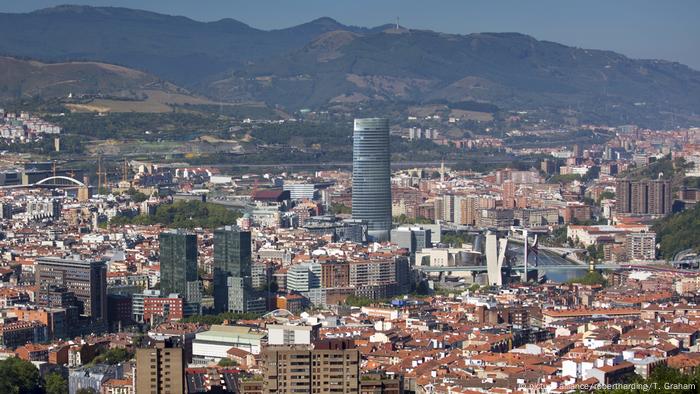
Urban renewal
Bilbao, founded in the 13th century, was an important trading center on the Nervión River, which empties into the Bay of Biscay. In the 19th century, it became an industrial city and was considered the unattractive sister of the fashionable seaside resort of Donostia (San Sebastián) for a long time. But Bilbao’s image has changed. This is also signaled by the tallest building in the city, the Torre Iberdrola (middle of the picture).
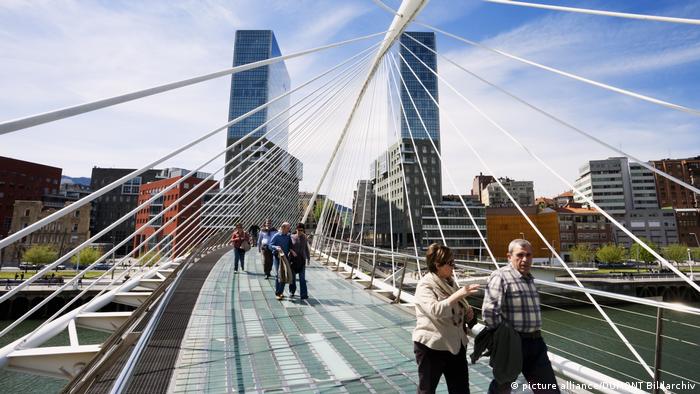
Bridging
The White Bridge, “Zubizuri” in Basque, was designed by the Spanish architect Santiago Calatrava. Built exclusively for pedestrians in 1997, it is considered by many to be the most beautiful bridge in Bilbao. However, the glass floor had to be provided with a plastic covering to eliminate the risk of slipping in the rain. In the background is the double skyscraper by the Japanese architect Arata Isozaki.

Like a black-cut diamond
This building by the Spanish architect Coll-Barreu also reflects the city’s rapid changes. Since 2008, the noise-absorbing and solar energy-using glass facade of the Ministry of Health of the province of Bizkaia has been a popular photo motif. Located in the Ensanche district, Bilbao’s main shopping area.

Music Festival
The indie, pop, and rock festival Bilbao BBK live has grown into one of the biggest festivals in Europe since 2006. Bands like Depeche Mode, Stromae, or The Killers performed this year. In July, tens of thousands danced again on Kobetamendi Hill high above the city.
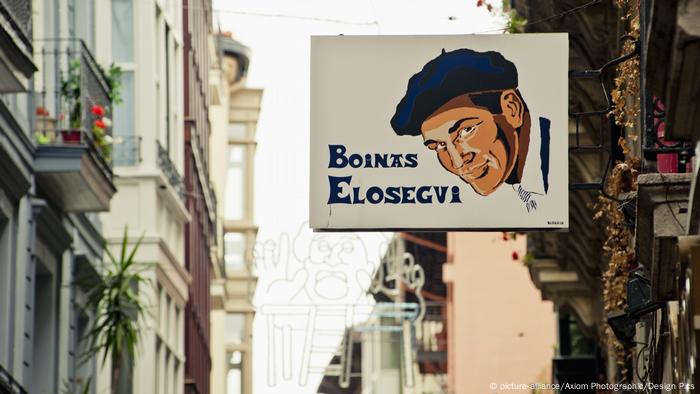
More than just a hat
In the Basque Country, this headgear is also a kind of demonstration. It is said that a citizen of Bilbao wears a hat at home but puts on a beret in Madrid. And as a little jab at Bilbao’s rival city of Donostia (San Sebastián), it is said that the beret is only worn there at home and a hat in Madrid.
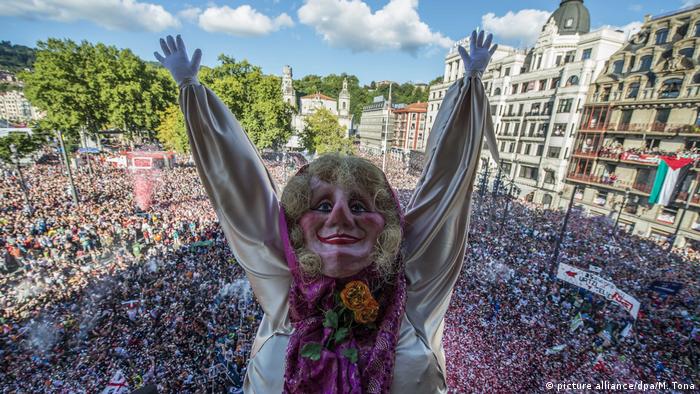
Fair of Aste Nagusia
“The Great Week” in Bilbao is dedicated to Basque culture. For nine days people danced, ate, and drank in the streets and squares. Giant puppets like the mascot Marijaia perform. Next year it starts again on August 19th with the traditional Txupinazo, a firework rocket as the starting gun in front of the Arriaga Theater.
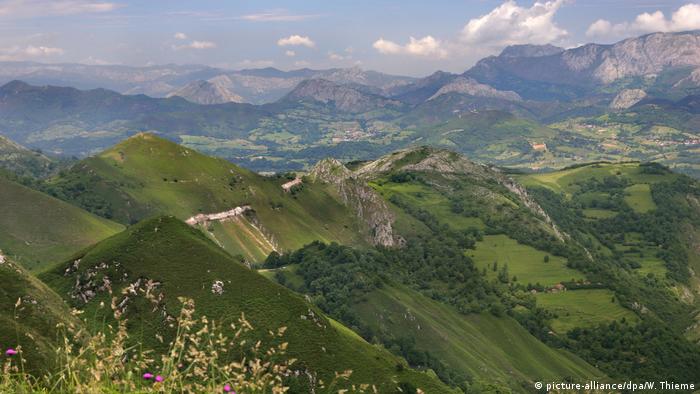
National park
In the hinterland of Bilbao is the Picos de Europa National Park, which means “summit of Europe” in English. In 1918 it was founded as the first national park in Spain. Around 200 peaks over 2000 meters high offer an impressive panorama for hikers and pilgrims. This is also where the famous Way of St. James runs through northern Spain, which people from all over the world follow to Santiago de Compostela.
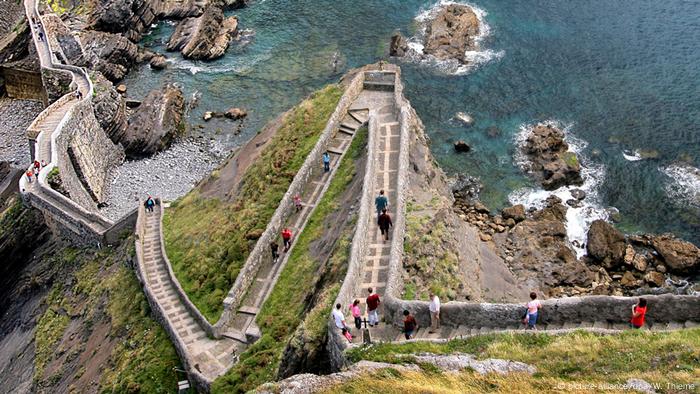
Atlantic coast
The Atlantic coast around 30 kilometers north-east of Bilbao offers a contrasting program. There are wild cliffs and quiet bathing bays, deep fjords, and miles of beaches. This spectacular walkway takes you over 200 steps and a bridge to the Sailors’ Chapel on the island of San Juan de Gaztelugatxe.
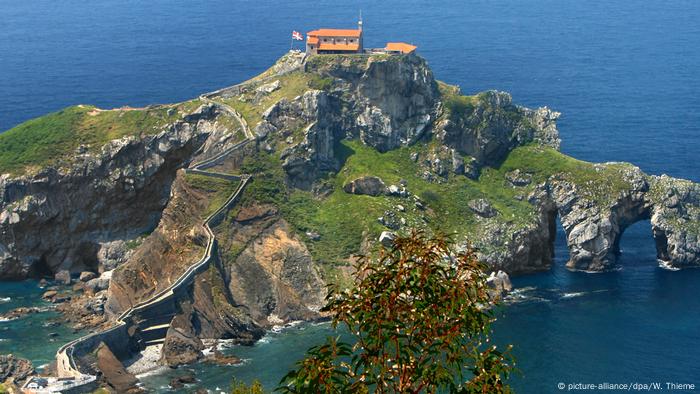
Island stories
Formerly a hermitage, the island is now a place of pilgrimage for sailors and fishermen. Legend has it that John the Baptist left his footprint at the end of the stairs. And if you ring the bell at the gate three times, you can make a wish. As the location of the “Dragonstone” castle in the seventh season of “Game of Thrones”, San Juan de Gaztelugatxe is now also a cult among film fans.
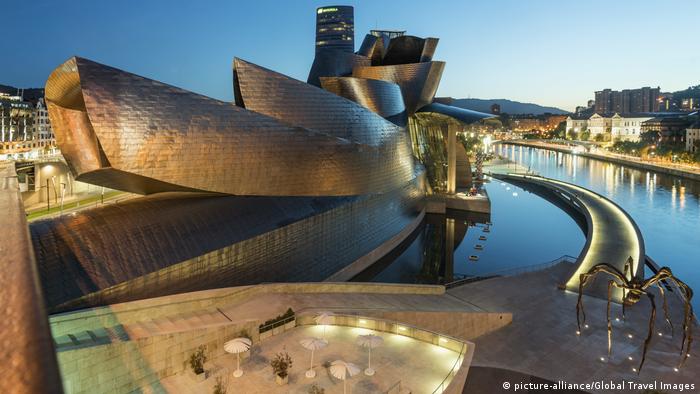
And in the evening light shows
From the beach towns on the coast, metro line 1 (Areeta, Gobela, Bidezabal, or Plentzia stations) takes you back to downtown Bilbao in around 30 minutes. Then it’s worth taking a walk along the river bank. Because when night falls, buildings such as the Guggenheim Museum or the White Bridge are transformed into magical light sculptures.

Must See
-




Tips
/ 10 months agoTen reasons for Amsterdam
Amsterdam mainly celebrates April 27th in Orange. The king’s birthday is traditionally celebrated with a...
-


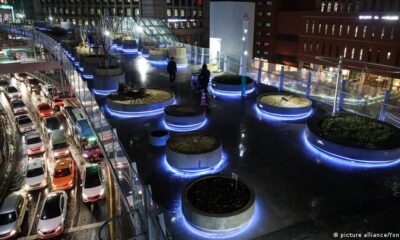



Tips
/ 11 months agoTen travel tips for South Korea
A country between high-tech and tradition. A visit to East Asian South Korea is worthwhile...
-


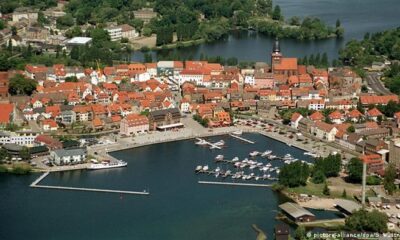



Tips
/ 11 months agoTen reasons for Mecklenburg-West Pomerania
No other federal state has as much water as Mecklenburg-Western Pomerania. Baltic Sea waves wash...
